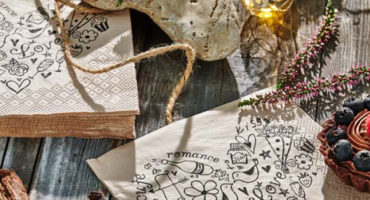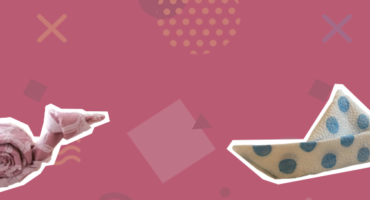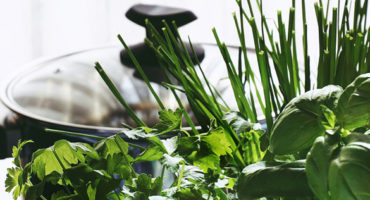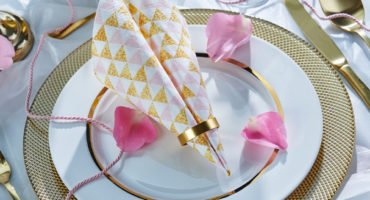Color affects your appetite
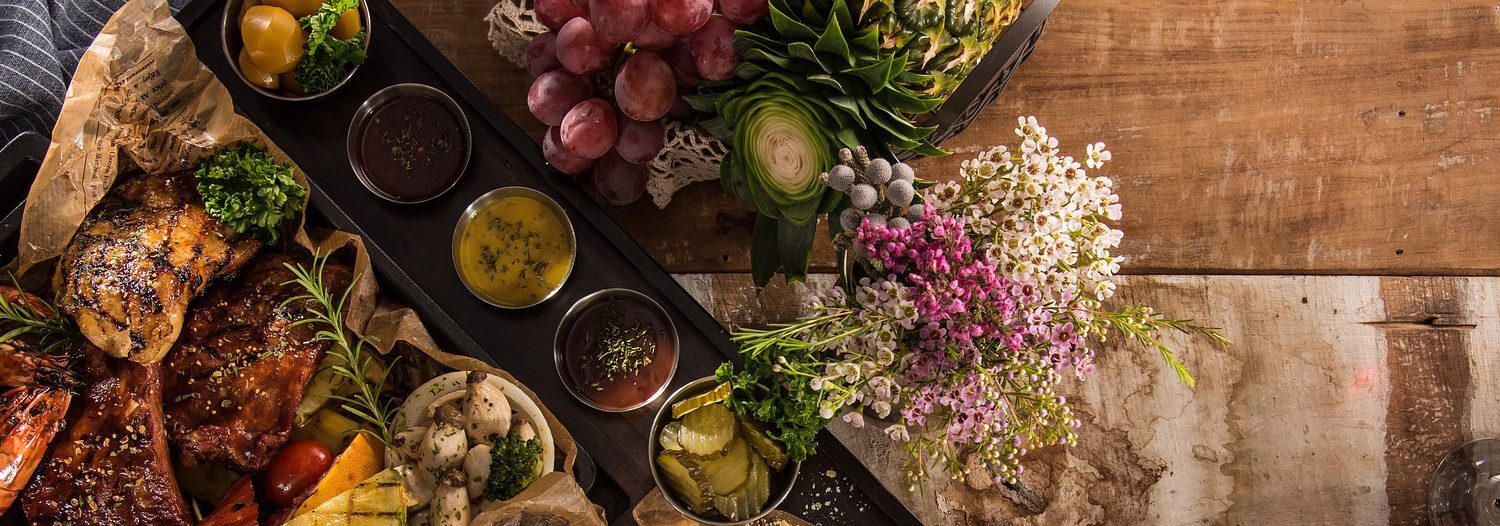
Do you also like to browse magazines with different recipes and enjoy the nicely arranged meals? Are you looking for inspiration, or are you just eating with your eyes? Do you know how the appearance of food affects your tastes? Which colors to play with if you want to impress your guests with your culinary skills? For answers to these and other questions, please read our article.
What do the eyes long for
If you look at photos of different meals, most of them are probably „spiced“ with brighter colors. You probably do not realize this fact, especially if the photographer is skillful. The appearance in the food industry is more important than you think – in a certain sense you can eat with your eyes. Our eyes naturally look for contrast and colorfulness. Brighter colors and varied menu unconsciously invoke a certain taste of pleasure in us.
(Un)natural taste of colors
Studies have shown that the appearance of food has a relatively clear psychological effect on how we perceive tastes. Try to associate colors to your basic tastes – determine the color for a sweet, salty, sour and bitter taste. Did you associate sweet with red or pink, salty with white, sour with green or yellow and bitter with black color? If so, you are one of most respondents across several independent studies.
With red and orange, people generally associate a sweet, nutritious and ripe taste. No wonder when we see it mainly on ripe fruit full of vitamins. Red is also used in supermarkets as a color for food packaging. Not only do we remember subconsciously all mentioned attributes, but at the same time it is a distinctive color, so you won´t miss it.
Green color represents a symbol of health and untouched nature. That’s why we might be tempted by salads with chopped pieces of small tomatoes. Someone also associates acid tones with green color, similarly with yellow. Brown and black colors have naturally earthy and bitter tones. No wonder – these colors correspond with almonds, chocolate or coffee.
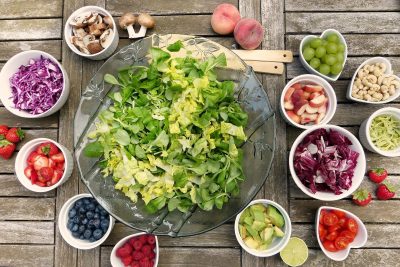
Color affects the amount of eaten sweets
The effect of color on our taste was examined by scientists with candies. What did they find out? The more colorful our selection is, the more we eat. If people were offered a bowl with one-colored candies, they ate almost 70% less than when they were presented with a whole colorful set of candy. It is the same whether we have 7 or 10 colors in front of us. Naturally, we prefer a 10-color version, because the selection is more varied.
Differences across cultures
It turns out that the association of colors with specific tastes is not universal all over the world. For example, if we show a light blue beverage to the Chinese, they expect a mint flavor. In contrast, the English associate light blue with raspberries. If we show them a deep red drink, the Chinese expect a cranberry flavor, while the English strawberry.
The effect of the cutlery color
Even what cutlery we use affects our perception of tastes. Scientists in England studied the influence of cutlery color on taste perception. They proved that if people eat yoghurt with a white spoon, the yoghurt seems thicker and full of flavor than when they eat it with a pink spoon. The yoghurt eaten with a blue spoon seemes saltier – and this fact has been conected with cultural habits, because in the supermarkets salty products are often sold in blue packaging.
At the table …
Are you expecting guests and want them to like your food? The table set correctly does miracles. It affects not only the perception of the whole atmosphere, but also the served meals. The dish you put the food on already plays a role. It is advisable to use a contrast depending on what food you are preparing.
Be sure to avoid a blue color, which is the least appropriate. It suppresses appetite while also reduces hunger. And no wonder, in nature we can find only a few naturally blue foods. Do you want to impress with a tasty table setting? Use red – it is a natural eating stimulant.
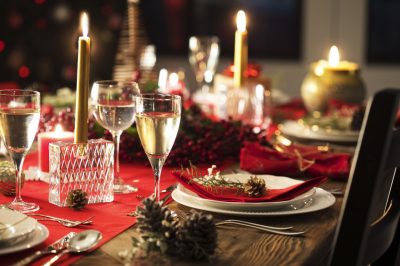
The use of tablecloths is now an exception or a holiday tradition. For the red on the table not to be too aggressive, you can use it as a decoration in the form of napkins or choose plates with red pattern. Red is beautifully complemented with a white background but it is also suitable for a wooden table. The atmosphere can be enhanced by red flowers, too. Finally, just light the candles and enjoy the food!
Infographics: Napkin folding for kids’ party
Is your child celebrating birthday and you are throwing a party?...
Show moreHerbs – tasty and useful decoration
Herbs in the kitchen are both tasty and useful decoration....
Show more
 food
food